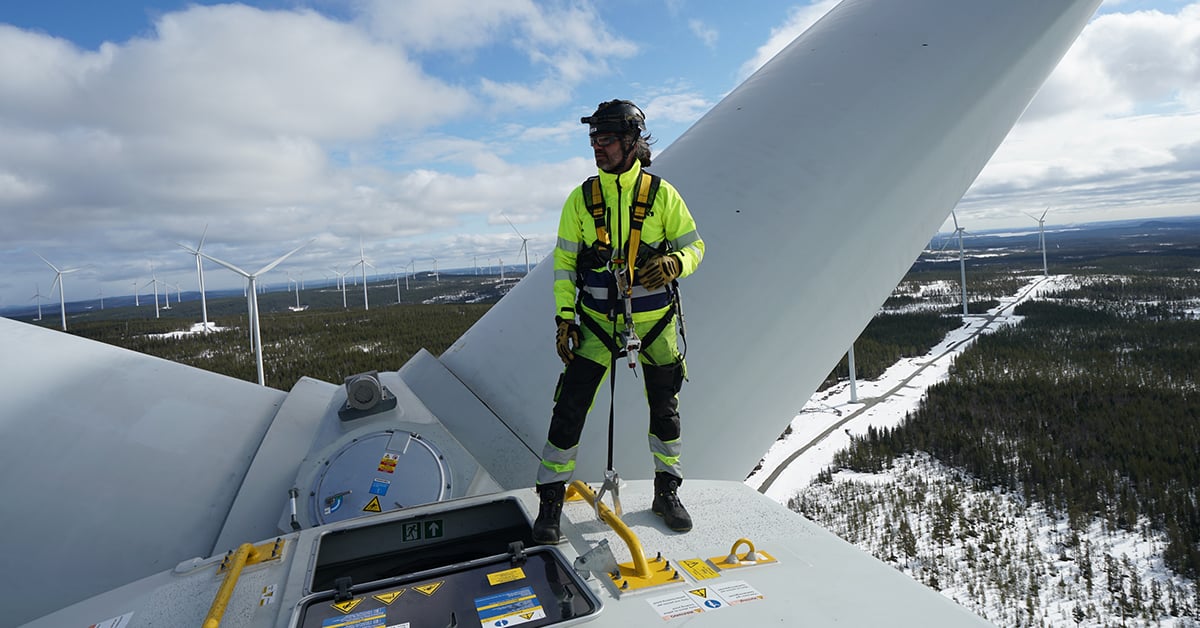Samir Soudah: Inspection Engineer

Sweden’s significant investment in wind power has led to an increasing demand for ongoing monitoring and detailed inspection of wind turbines across the country. One of the key figures in this field is Samir Soudah, an inspection engineer specializing in lifting safety. Based in Stockholm County, Samir regularly inspects various lifting equipment, while also spending extended work shifts at wind farms in Northern Sweden.
Since joining Kiwa in 2019, Samir has completed an impressive number of inspection assignments, enjoying the balance between the bustling city environment and the serene, remote wind farms up north. “The variation between working in a big city and sparsely populated areas suits me very well. There is a calmness when standing on top of a wind turbine, where I can look out over nature, have a coffee, and enjoy the view,” he shares.

From Photography to Inspection Engineering
Samir’s professional journey has been anything but conventional. Starting as a freelance photographer and artist, he eventually transitioned into the role of a surveying engineer. His background in freelancing has instilled in him a strong sense of independence—an invaluable quality, particularly when working in the remote wind farms of Northern Sweden. “My background as a freelance photographer is very different compared to that of other inspection engineers, but my experience as a self-employed person has contributed to my ability to take personal responsibility and be independent in my work. I like to plan my own schedule, and I can do that at Kiwa,” says Samir.
The Challenges of Wind Turbine Inspection
Inspecting wind turbine elevators and lifting devices is a critical task to ensure compliance with regulatory standards. Any deficiencies found can lead to a shutdown, requiring immediate resolution to avoid fines from the Swedish Work Environment Authority during inspections. Despite the generally high standards, issues such as loose screws on step rails, missing fire extinguisher seals, or elevators that fail to meet requirements must be addressed.
The job is not without its challenges—accessing all parts of the turbine can be difficult, and the work itself is tough, requiring a strong sense of adventure. “You need to be stubborn and cope with cold, wind, and rain. You rarely work with other colleagues, so you need to be independent, decisive, and keep track of several points at the same time—both to carry out the inspection itself and to be aware of personal safety. Sometimes there isn't even mobile coverage where I am,” explains Samir.
Meeting Safety Standards in a Demanding Role
To become an inspection engineer in wind power, a technical background and certification from the Global Wind Organization (GWO) are essential. This certification ensures that engineers possess the necessary skills to work safely in a wind turbine, including ladder rescue, first aid, and evacuation procedures. “It is a big responsibility, but on the whole, I am confident that I can manage it well. The opportunity to control my own schedule and enjoy the outdoor environment makes me happy,” concludes Samir.
Working at Kiwa
Name: Samir Soudah
Current position: Inspection Engineer, Sweden